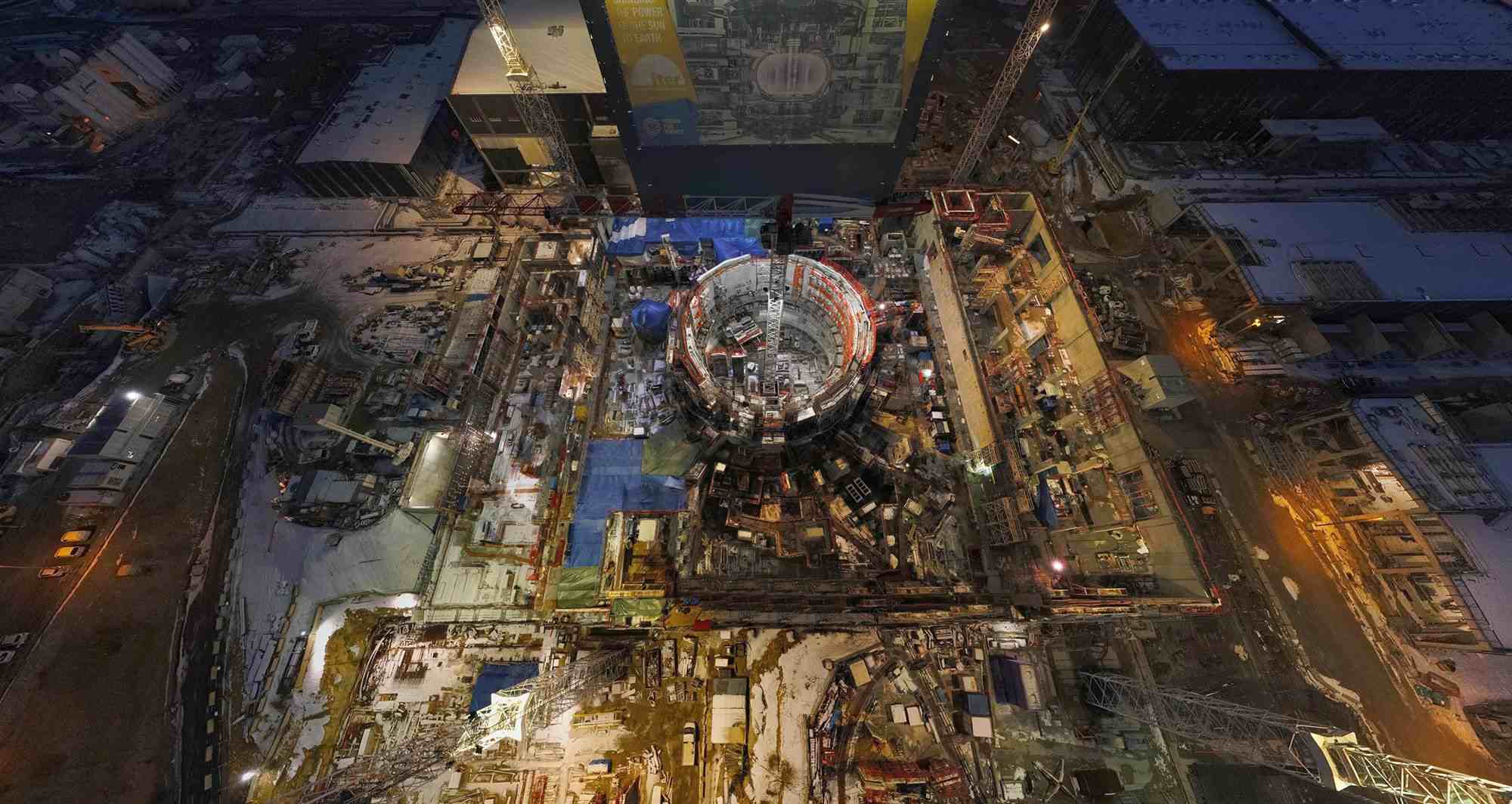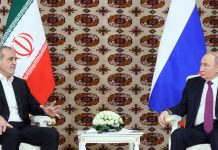Russia has sent one of six giant magnets to France that will be used in the world’s largest International Thermonuclear Experimental Reactor (ITER) as part of a global effort to harness nuclear fusion power.
A total of 35 countries are working together on this nuclear fusion program at a facility in Provence (France), near Marseilles, hoping it could pave the way for a new source of unlimited, clean energy for the entire planet.
Notably, ITER is one of the last international scientific projects in which Russia is still participating amid the ongoing Ukraine crisis.
The ship carrying the Russian-made magnet, or ‘the 200-ton poloidal field coil,’ was dispatched from St. Petersburg on November 1. This coil will act as a magnet once an electric current flows through it.
“The 200-ton coil is a unique, innovative solution and a key element of the thermonuclear reactor. Fourteen years of fruitful creative work have been completed. Today we are shipping this coil, which is a truly significant event,” the special representative of the state corporation Rosatom for international and scientific and technical projects, Vyacheslav Pershukov, said.
The 200-ton, nine-meter-wide coil had been tightly wrapped to withstand the two-week trip to Marseille in the south of France.
It is only one of six such poloidal field coils that are expected to start and maintain thermonuclear fusion. The press service of the equipment developer, DV Yefremov NIIEFA, told TASS that Chinese specialists are responsible for manufacturing one coil. The remaining four larger coils will be made in France.

Nuclear Fusion Vs. Fission
Currently, the nuclear power plants on the planet produce energy through nuclear fission, in which high-speed neutrons bombard atoms to split them apart, releasing a massive amount of energy.
Nuclear fusion is the opposite of this process, as it involves the fusion of two atoms into one, which also releases immense energy.
Fission and fusion nuclear reactions are chain reactions, which means that one nuclear event causes successive nuclear reactions. This cycle of reactions can quickly get out of control, making the fission reaction, in particular, very risky.
If a fission reaction gets out of control, it will either explode or the reactor generating it will melt down into a giant pile of radioactive slag, releasing tons of radioactive particles into the air and contaminating large areas.
On the other hand, when a fusion reaction loses control, it slows down, and the internal temperatures drop until the reaction stops, producing little radioactive waste in the process. Any damage would be confined to the immediate surroundings of the fusion reactor.
Therefore, nuclear fusion is considered a clean, safe, and unlimited energy source.
The ITER Project
As part of the ITER project, the 35 partnering countries are building the world’s largest ‘tokamak’ – a giant, doughnut-shaped magnetic fusion device.
The device is designed to use three primary types of magnets or coils, namely the central solenoid magnet, poloidal magnets, and toroidal-field coils.
The central solenoid is a coil positioned in the center to induce and maintain a powerful electric current in the plasma – a gas of charged particles – which will result in the energy-producing fusion reaction.
The current inside the central solenoid induces a current within the plasma, which must be shaped to keep it away from the walls, and this is where the poloidal field coils come in. The six horizontal circular coils around the outer edges of the tokamak are supposed to direct the plasma current toward the center, thereby keeping it from approaching the walls.
Then come the 18 toroidal-field coils, which are huge D-shaped windings that wrap around the plasma. They are supposed to generate a field parallel to the plasma current to induce a spiral motion, which will also help stabilize the plasma and keep it away from the walls.
Sanctions Delay The Shipping Of Poloidal Field Coil
The Russian-made poloidal field coil was initially scheduled for shipping in May, but sanctions forbade Russian ships from docking in Europe.
“Without (the Russian coil), the tokamak will not work,” senior ITER center scientist Leonid Khimchenko told AFP.
Andrey Mednikov, a scientist in charge of producing the poloidal field coil, praised the continuing international cooperation.
“If this cooperation were halted, everyone would lose,” Mednikov said.
The ongoing tensions between Russia and the West are reminiscent of the circumstances under which the ITER project was set in motion in 1985 when US President Ronald Reagan and Soviet Union leader Mikhail Gorbachev met to discuss how to cool tensions between the two superpowers.

“They didn’t agree on much, except that they would jointly work on fusion as an energy source,” Tim Luce, director of science at ITER, told CBS News.
From that meeting, the idea of the ITER project developed further, taking various iterations until it grew to include participation from 35 partner nations, including China, India, South Korea, Japan, and the nations of the European Union.
- Contact the author at tanmaykadam700(at)gmail.com
- Follow EurAsian Times on Google News




